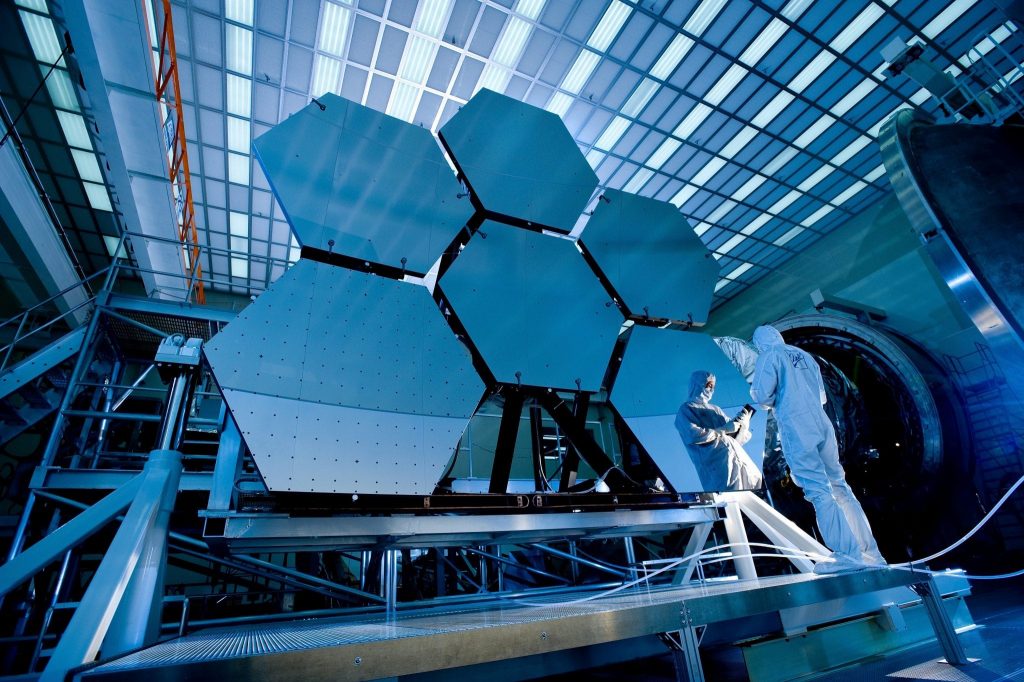
When documenting object geometry information, laser scanning is an effective solution. Let’s consider how the technology works, what are the advantages and what prospects are already available for improvements.
What is reverse engineering?
Reverse engineering is a study of the finished object, its documentation and working principles for further improvement and modernization. Using technology, you can find undocumented features, change or create a device with similar functions, while avoiding direct copying.
The main task is to find new solutions for finished products based on data analysis.
Simply put, the technology allows you to analyze information about the finished sample and understand how modernization is possible and appropriate. From the point of view of new technologies, the assessment of input data, materials, requirements of the buyer and/or manufacturer is carried out.
For example, there is a car that was released 50 years ago. Instead of a complete reconstruction of the machine, you can perform a partial one: replace individual units using new materials. It is important to make sure that the new part matches the old design. During the study of the object, engineers discover incomplete/inaccurate geometry data or their absence. Laser scanning will help to collect all the necessary information and restore the car.
Laser scanning — the ability to combine virtual and physical spaces. One application of the technology is to recreate parts that are no longer manufactured.
Thanks to ultra-precision, which has no analogs, laser scanning is indispensable in such demanding areas as turbine engineering or the space industry.
The equipment allows you to create a digital copy with an accuracy of 8 microns (for comparison: the thickness of a human hair is 70 microns). But this is not possible for all objects. For example, the height of the Eiffel Tower, assembled from metal structures, fluctuates within 8 centimeters at different times of the year. It is necessary to take into account the error that occurs under the influence of temperatures.
World practice
An interesting case is with Siemens. Using reverse engineering, the industrial giant managed to restore the steering gear of a centenary automobile without access to the original technical drawings. Ruston Hornsby details were scanned and a new mechanism was recreated in just five days.
Founded by Siemens conglomerate, Materials Solutions is engaged in the development of parts in many areas, including the aerospace industry.
As Phil Hatherley, general manager of the company, noted, reverse engineering is digitalization that you can touch. The technology has no boundaries: it allows you to work with materials, geometry, and spaces of any complexity.
Picture Credit: Pexels
